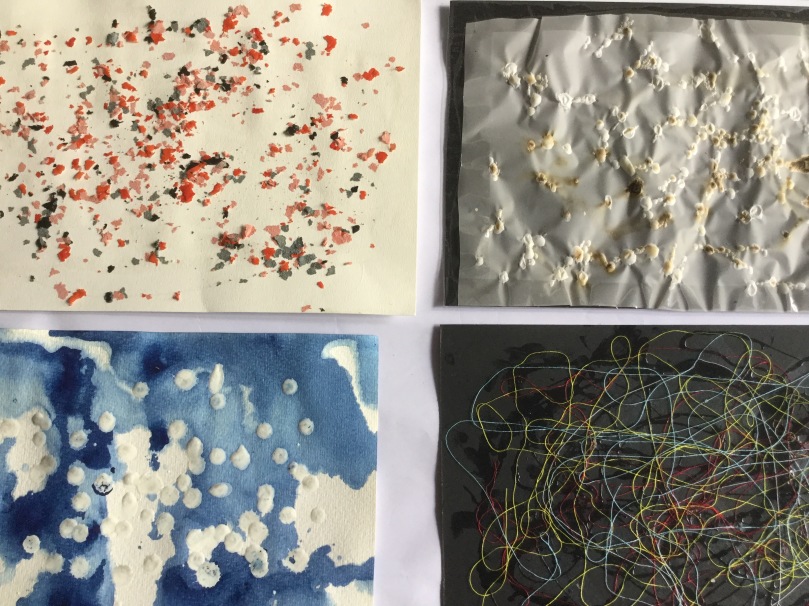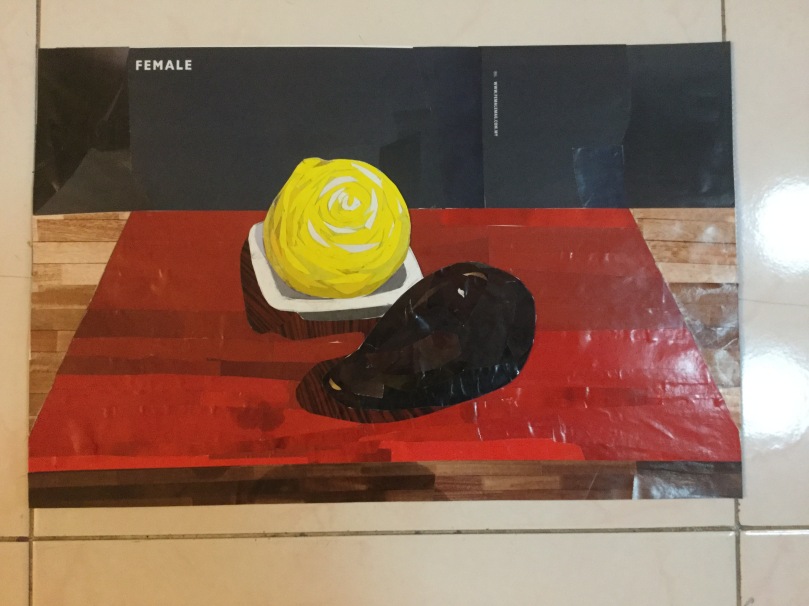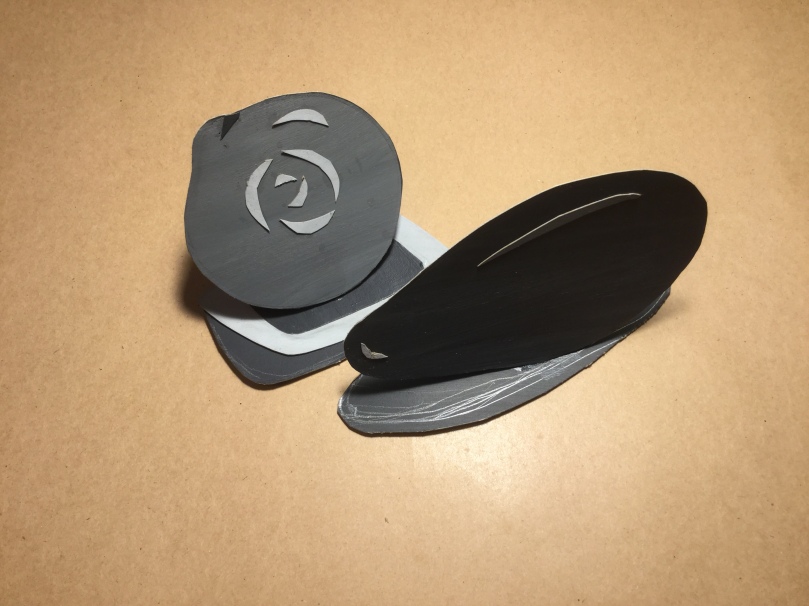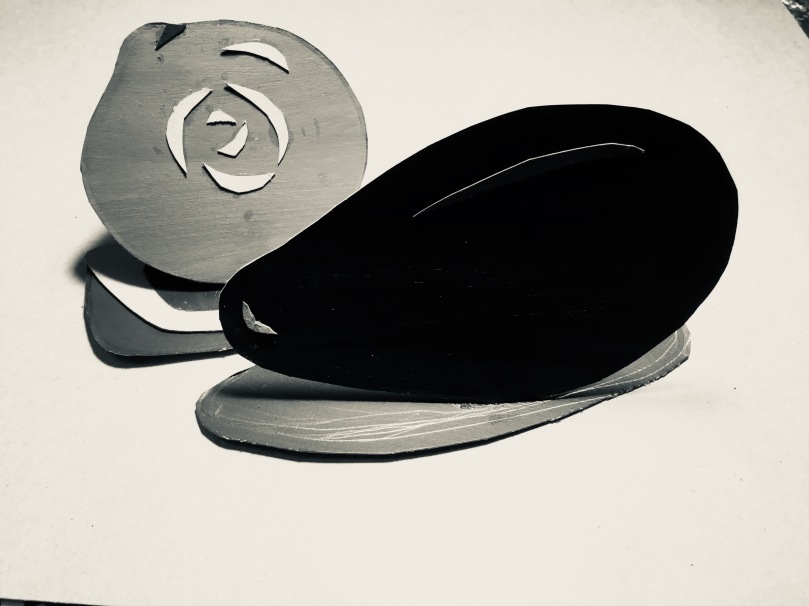Select two artists whose work resonates with your own practice or who between them set up an interesting framework to discuss an aspect of drawing media that is relevant to you and your practice.Ideally at least one of the artists should be someone whose exhibition you have visited during your course. You could also choose one the the several artists represented reasonably fully in the key texts.You should write around 500 words, but you won’t be penalised for writing slightly less or slightly more than this.
My review on the work of Egon Schiele and Louise Bourgeois
Egon Schiele, 1890- 1918 and Louise Borgeouis 1911-2010
The reason have chosen these two artists is because they both inspire me with how they expressed their emotions and feelings in art. How they dared to show their deep thoughts and struggles putting pain and pleasure as in a similar state of mind. The intensity is shown equally either it is a painful or full of pleasure image.
Egon Schiele in a very short life career has created more than three thousand drawings and although Gustav Klimt was his mentor , Egon developed his own particular style. His work inspires for the use of space and his mark making was very unique with dry brush strokes and irregular spontaneous lines. The distortion of his figures merely affected the shape and beauty of the women’s body he drew. His erotic and daring ways of drawing his models in very revealing poses and also in his various self portrait is nonetheless surprising considering the time he was living in. He risked and openly expressed his deep feelings and emotions as well as his psychological disturbances in shocking yet artistically beautiful ways. I like how he focused mostly in the models, in unusual positions with absence of background .Most of their facial expressions were strong and all the sexual and erotic feel exudes in every drawing. His lines are spontaneous and the unfinished limbs or hands/feet was just right . It had to be finished that way like the end of a string that he used to contour that drawing. It was simply unnecessary to add any more to it. I want to keep exploring and drawing the human figure with similar rawness and flow.
Louise Borgeouis who was primarily a sculptor with an avid ability working on materials such as : stone, bronze, metal, wood and embroidery .The large scale sculptor Maman – a spider considered one of the largest sculpture in the world measuring 30 feet high and more than 30 feet wide gives the idea of her remarkable talent and ability to work from drawings, concept and finished product . Maman started as drawing and it gave me the idea how some artists generate ideas to develop into sculptures . Her drawings series that encouraged me to keep exploring my mark making possibilities are : L’ infini about unmapped expanse and life cycle . I like the washes of watercolour, shapes which reminds me body organs and the predominant colour red . It is all powerful, with strings, resembling veins and bodily parts seeing from the inside. “Insomnia” are drawings of repetitive patterns, in different sizes and some containing words , or poems also with predominance of red colour. In my opinion, these drawings are engaging to the eyes as if you are been hypnotised when looking at it. “10am When you come to me” is a more sentimental work. It is serene, calm and simple. It shows a lot gratitude for her 30 years assistant Jerry Gorovoy. “Don’t Abandon me” ,her collaborative work with artist Tracey Emin refers to the loss of both – unborn child of Tracey Emin and Louise loss of a child. Again, the washes of watercolour, limited palette with dominance of red and blue, body shapes, genitals and sexuality shows feeling and emotions overflowing in the paintings itself. The balance between delicate lines and blotches of paint is beautiful. I am so inspired with Louise Borgeouis work because her transparency in bringing raw feelings, emotions and concepts in her art making the worse that came out of her conscious and unconscious mind into her best pieces.
1. How is pencil/charcoal and watercolour used in the work of Egon Schiele and Louise Borgeois and how does my own work locate within that???
Both artists were very expressive with spontaneous lines, sometimes putting more pressure in it, sometimes drawing with a soft flow. I think my best work comes when I just feel very expressive and let it flow out of me. It is when I don’t think much and let it happen that drawings with a lot feelings and emotions come to life. I think I get that intensity in a similar ways of Egon Schiele and Louise Borgeois.
2. Women/ageing has been a recurring theme in my work. Looking at Egon Schilele and Louise Bourgeois,How can drawing media support an investigation of this subject?
Both Egon Schiele and Louise Bourgeois drew a fair amount of human figure. In Louise’s case it was more about emotions and feelings, with strong sexual notes in the images. In Egon’s women figure, the drawings are mainly erotic and also show a lot of expression and emotions in their poses and facial expressions. My own concept came out as expression, feelings, emotions and sexuality like them but I focused in how these seems to appear differently as women age. My intention is to include all of those aspects in a beautiful image of a woman’s body entering the last cycle of her life..


























 Method
Method






